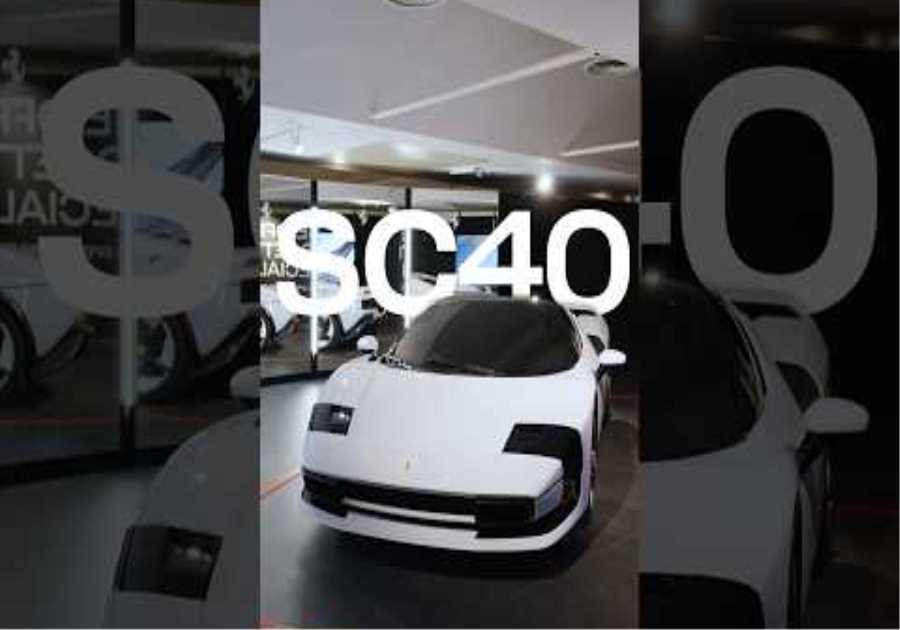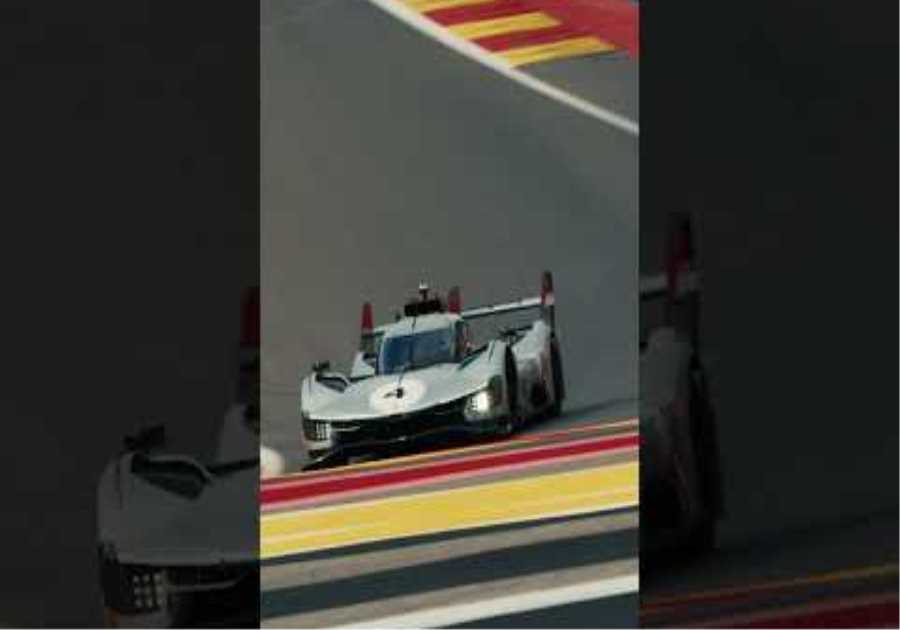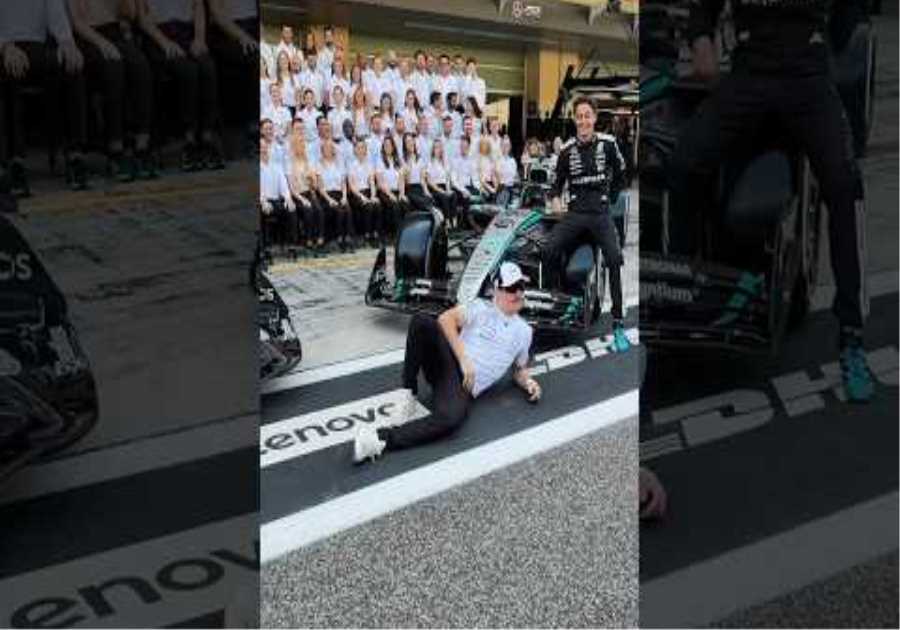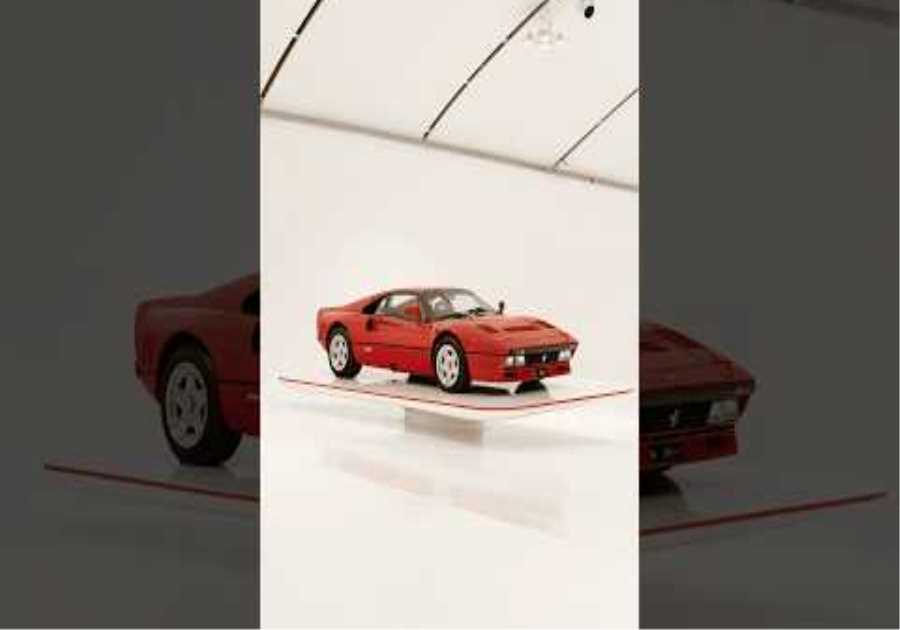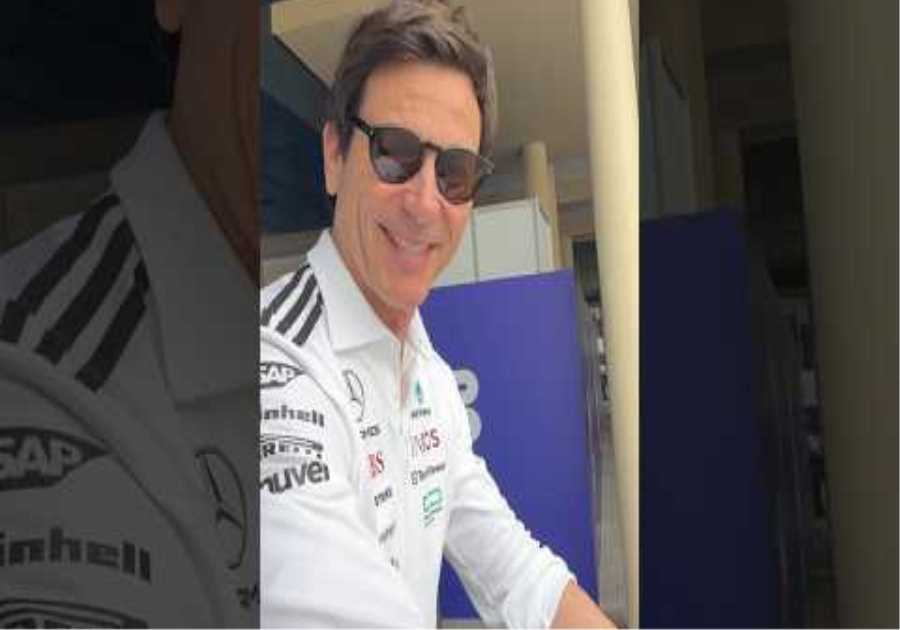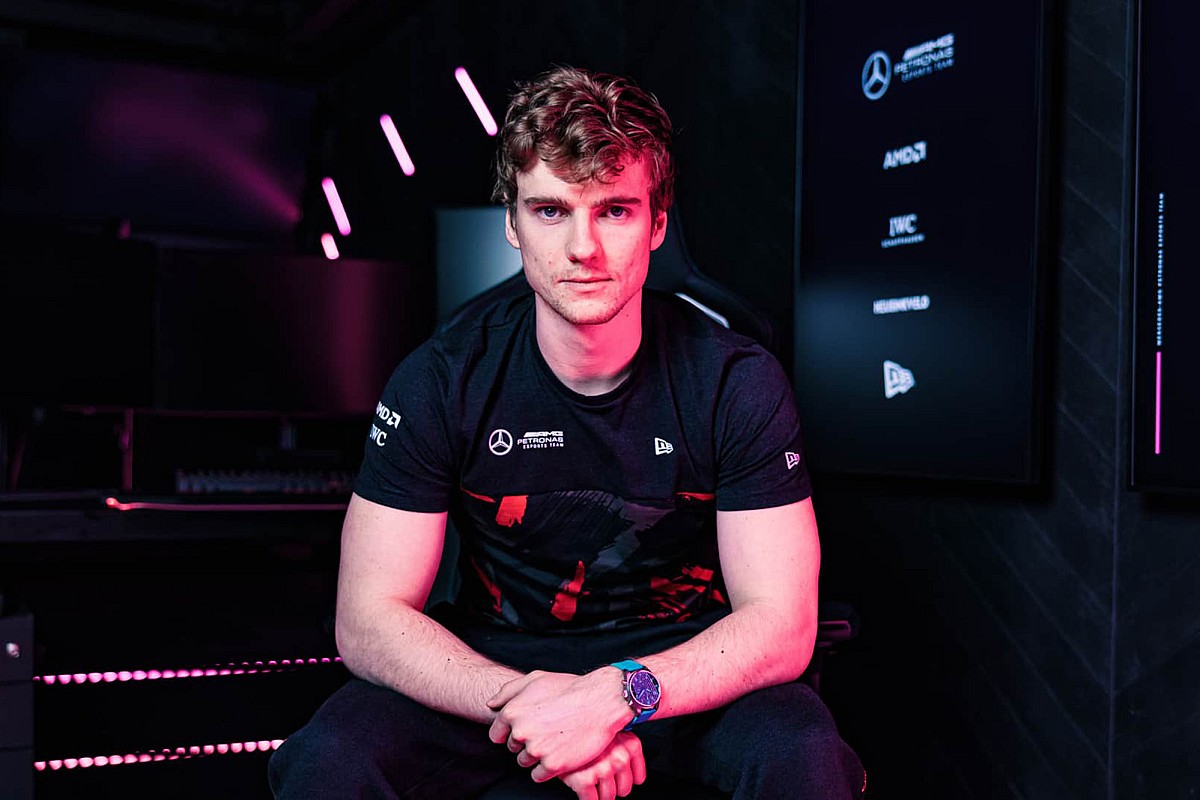
F1’s official Esports series is now in its sixth season, while the interest generated by the growth of the official video game’s following led to EA Sports, a giant of the gaming world, to take over Codemasters in a deal worth $1.2 billion last year.
But it has also created a whole new side of F1. Lockdown showed just how competitive the Esports sphere could be as many of the regular races turned themselves into avid gamers, while F1 gaming content on platforms such as YouTube continues to thrive.
One of the biggest names in this realm is Jarno Opmeer. Amid the Dutch boom motorsport, naturally spearheaded by Max Verstappen, Opmeer has also tasted success, winning the past two F1 Esports titles.
“In the past five, six, seven years, Dutchies have really kind of exploded in the world of racing,” Opmeer tells Motorsport.com. “Not just Formula 1 fans, you can also see more sim racing Dutchies lately, and a lot more people going into karting in the Netherlands. It’s been an absolutely massive explosion of racing fans.”
Opmeer chased a career in F1 from a young age. As many youngsters do, he started out in national karting championships and enjoyed decent success before making the switch to single-seaters at the age of 16, a few years behind Verstappen. He fought with compatriot Richard Verschoor – a Macau GP winner now racing in Formula 2 – for the SMP F4 title in 2016, winning seven races including one in support of the Russian Grand Prix. It put Opmeer on the radar and led to a place with Renault’s academy, only for his contract not to be extended after a tricky 2017.
By this point, Opmeer was already starting to dabble in Esports, only failing to qualify for F1’s first official championship in 2017 due to a clash with his real-life racing commitments. Although the money had dried up for him to keep his junior career going, there was now a new path for him to go down.
Jarno Opmeer, Formula 4 NEZ Championship, Race Two, Sochi Autodrom
Photo by: Sutton Images
“Esports was my second chance basically,” says Opmeer. “Usually in racing, especially in junior formula, if you don’t have a lot of backing from your parents – or not at all, money-wise, in my case – then you usually only get one chance.
“The chance of making it in one go is very, very unlikely, because usually you need a few more years in junior formula to make it. So then I had this chance. I knew from real life racing that I was pretty fast on the Sim in preparation for real races. This was a great opportunity basically for me of get a second chance.”
Opmeer took full advantage of it. He initially joined up with his old team, Renault, as part of its Esports squad for the 2019 F1 Esports series, before switching to Alfa Romeo for 2020 when he clinched his first title. Opmeer then moved on to Mercedes for 2021 and managed to defend his crown, statistically making him the most successful driver in the history of F1 Esports.
Mercedes has seen the potential offered by Esports. Its initial Esports operation at its Brackley base was located next to the F1 simulator, recognizing the benefits and insight that could be offered by those racing in the virtual sphere. An updated Esports facility has been formed at the factory, giving Opmeer and his teammates a dedicated space where they can put in lap after lap to prepare for events, as well as working with the team to focus on human performance, much like an F1 driver does.
It has also given Opmeer the chance to work with Mercedes F1 driver George Russell, someone who fully embraced Esports during lockdown. Opmeer says Russell has become “really fast”, in part thanks to his advice where he was “teaching him a few tricks, which I probably shouldn’t have done!”
Opmeer and Russell are set to take part in a challenge on iRacing set up by Mercedes’ partner, IWC, later this year that gives fans a chance to join their teams for a head-to-head sim racing event.
“You feel like you do an extraordinary lap and he’s just ahead of you!” Russell tells Autosport. “He’s obviously one of the very world’s best, so I kind of expected that. He was quite disappointed how close I was! It was kind of interesting to see the two different views that we had.”
Russell is keen to get back into Esports over the winter break, having enjoyed the competitive buzz of going from what he describes as “an average level to an almost professional level” through lockdown. But he is also impressed by how the growth of the sector has given fresh life to racing careers for drivers like Opmeer.
“It’s no secret that motorsport is an incredibly expensive industry, and you need a lot of luck and fortune along the way just to give you the opportunity to race in these feeder series,” says Russell.
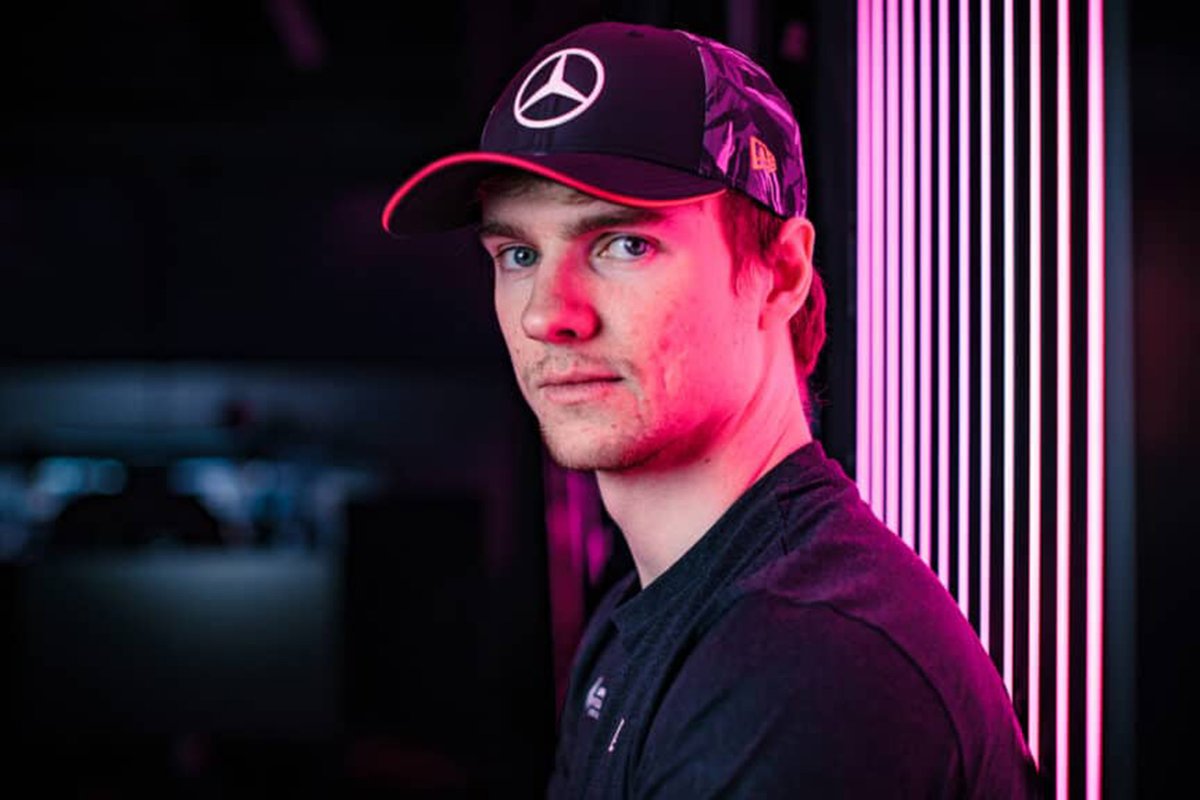
Jarno Opmeer
Photo by: Mercedes-Benz
“But relatively speaking, Esports is accessible for many different people. You can be driving on your game daily. In a Formula 1 car, we get four days of testing a season, whereas in Esports, I was doing probably four hours of training every single day.
“It’s great to give the opportunity to those who maybe didn’t have the opportunity in physical racing, but also to those who are passionate about gaming.”
In some cases, Esports has helped drivers make further progress in real-world racing, such as Cem Bolukbasi, who raced in Formula 2 this year, and James Baldwin, who became a British GT race winner on debut and entered this year’s 24 Hours of Spa. But with another F1 title to chase in 2022 for Mercedes, Opmeer remains focused on making the most of Esports.
“At the moment I’m very much focused on Esports,” he says. “Of course if there would be a very serious opportunity, I would take it, but I don’t really want to kind of half get into it and do a single race without preparation. That’s just damaging for your image, of course, and damaging for the whole sim racing community.”
It’s a sim racing community Opmeer has seen grow rapidly in line with his own racing career. He now has a big online following with over 375,000 YouTube subscribers, many of whom got into F1 through gaming, not the other way around.
“It attracts gamers because they can do it themselves,” he says. “You see some YouTube comments in the past where they say, ‘oh, I got into F1 through your channel!’ That’s very, very cool to see.”
It’s an encouraging sign of the power Esports can have for F1.

